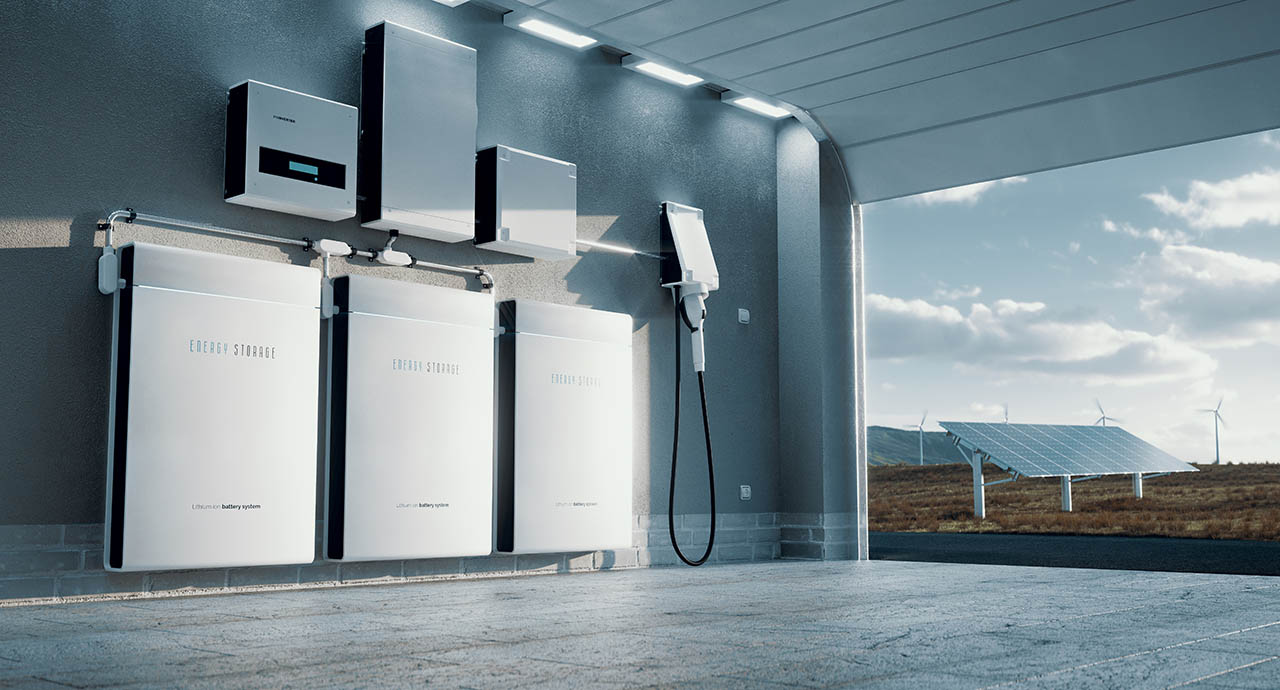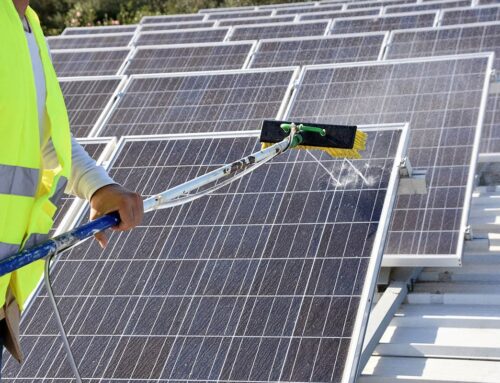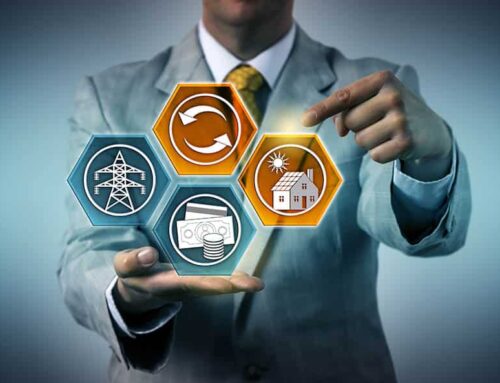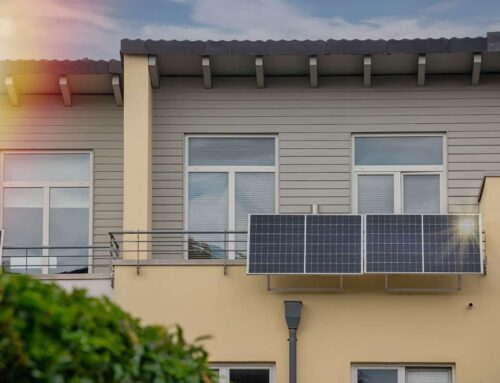PV storage: advantages and disadvantages
For many applications, solar power is the most frequently used renewable energy source of all – especially for self-consumption projects. If you want to utilise the full potential of your system, there is no getting around a storage solution. It enables surplus electricity to be stored for later use. Find out the most important pros and cons here.
Why photovoltaic storage systems at all?
Solar systems generate the most electricity at midday, when the sun’s rays are strongest. That makes sense. However, private households, for example, consume the most electricity in the morning and evening. So while they feed unused energy into the grid at midday for a few cent feed-in tariff, they have to buy significantly more expensive grid electricity at other times of the day. And this is exactly where an electricity storage system can help.
The advantages
This gives us the first advantage: I can use electricity from my storage system exactly when I need it, increasing my self-consumption from an average of 30 % to 60 to 70 % – and thus my independence from external electricity suppliers. Or to put it another way: I increase the efficiency of the entire PV system.
A storage system can also provide an excellent emergency power supply and, above all, it reduces my CO₂ emissions. And the more electricity is needed (for heat pumps and electric cars, for example), the more noticeable this becomes.
The disadvantages
In addition to ecological and economic advantages, electricity storage systems also have some disadvantages: The high acquisition costs (for a detached house, for example, costs of €6,000 to €10,000 are incurred depending on the size of the storage unit), but also the service life, which is only about half as long as that of the solar modules.
In addition, lithium is always required, the extraction of which is often associated with damage to the environment and society. Those who do not insist on a lithium-iron-phosphate storage system often get one that also contains cobalt. However, half of all reserves of this heavy metal are mined under the Congo under catastrophic conditions for people and the environment. Would you have thought that an electricity storage system would also raise ethical and moral questions?
Calculation example
Let’s imagine a service company with an annual electricity requirement of 16,000 kWh. Although we are planning rather larger projects, we would probably recommend a photovoltaic system with a yield of 32 kWp and an electricity storage system with 10 kWh. With this system, the company could achieve self-sufficiency (independence from electricity suppliers) of up to 70 %.
Grid electricity currently costs around 30 cents per kWh (after significant price peaks of over 60 cents last year). Leaving aside the acquisition costs of the system as an investment in the value of the property and in environmental protection, the company’s annual savings from self-generated electricity could be as high as:
-.30 € – 16,000 kWh = 4,800 € grid electricity costs
of which 70 % self-generated and utilised = € 3,360
Our conclusion
As always, there are both advantages and disadvantages to electricity storage systems for photovoltaic systems. However, from our point of view, the arguments in favour clearly outweigh the disadvantages. Here is another overview.
Advantages
Disadvantages
If you would like to plan PV systems for your customers or start your own large-scale renewable energy project, please contact us. In our online shop, you will find all the right components of guaranteed top quality.






